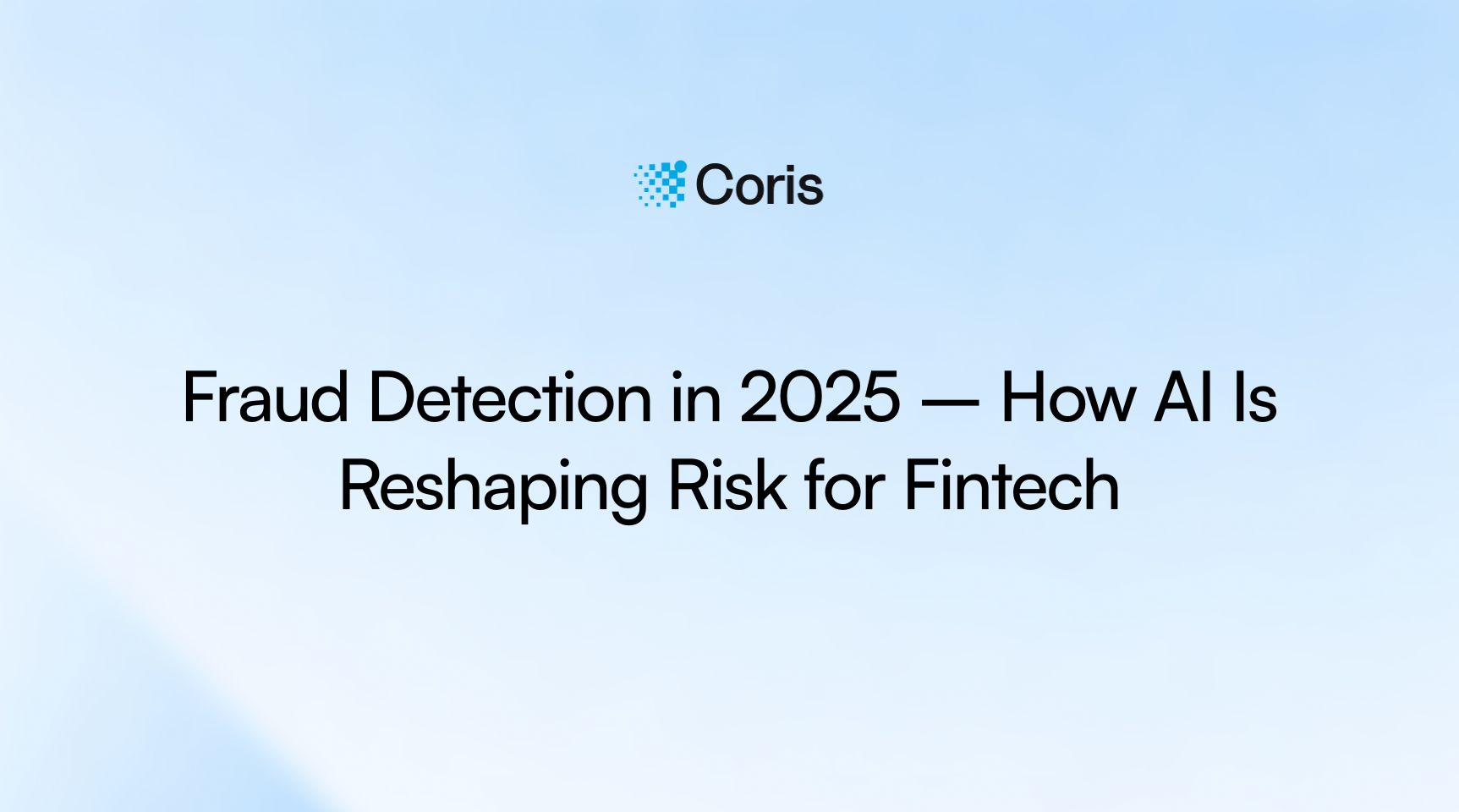Merchant Risk Management Software: Outsmart Stripe Radar in 2025
Discover advanced merchant risk management software to outsmart Stripe Radar, combat evolving payment fraud, and ensure compliance in 2025. (118 characters)
In 2025, AI-driven fraud detection helps fintechs predict and stop threats in real time, unifying risk management from onboarding to transactions.

The fintech sector in 2025 faces a new reality: fraud is faster, smarter, and harder to predict. Digital transactions continue to grow exponentially, and with them, the complexity of financial crime. Static, rule-based systems no longer meet the demands of modern risk management.
The next wave of fraud detection is AI-driven. These platforms don’t just flag anomalies – they learn, adapt, and make decisions in real time, providing a level of insight that manual or rules-based approaches cannot match.
This article looks at how fraud detection platforms are evolving and highlights the leading players shaping fintech risk management today.
For years, fraud prevention relied on simple thresholds (e.g., “flag any transaction over $1,000 from an unfamiliar device”). While useful for basic checks, these static rules are predictable. Fraudsters adapt quickly, exploiting blind spots and forcing risk teams to constantly update and maintain rule sets.
AI has shifted the model. Instead of relying on fixed conditions, modern platforms use machine learning to detect patterns across vast datasets. They identify anomalies in behavior, transaction histories, and network activity – often before a fraudulent event occurs.
Key advancements include:
Fraud detection in 2025 is about more than stopping a single bad transaction. The best platforms integrate intelligence across the full risk lifecycle – from onboarding to ongoing monitoring – while automating processes to reduce manual reviews.
A consolidated platform provides visibility across all stages of the customer journey. This approach prevents fraudsters from exploiting gaps between onboarding, underwriting, and transactions.
The leading platforms leverage predictive models that assess risk signals across multiple dimensions – merchant activity, payer behaviors, and historical patterns – before a loss occurs.
Customizable rule engines and API integrations reduce manual overhead while improving speed and consistency in decision-making.
Strong data enrichment – covering identity verification, business legitimacy, and behavioral data – is essential for modern fraud prevention strategies.
A unified AI-powered platform for merchant risk management, spanning onboarding, underwriting, and monitoring.
Key Features:
Specializes in real-time, automated fraud prevention for online transactions.
Key Features:
Focuses on digital identity verification and fraud prevention at onboarding.
Key Features:
Offers fast, flexible fraud detection with minimal integration effort.
Key Features:
Built for compliance-heavy sectors, excelling in AML and transaction monitoring.
Key Features:
The Future of Fraud Detection
Fraud prevention is no longer about reacting after the fact. The future lies in predictive and adaptive systems – tools that understand risk signals in context and act before threats materialize.
AI-driven platforms like those listed above are redefining how fintechs handle fraud. Instead of building isolated rule sets or adding more manual reviews, companies are moving toward integrated risk ecosystems that scale with growth, reduce friction, and improve customer trust.